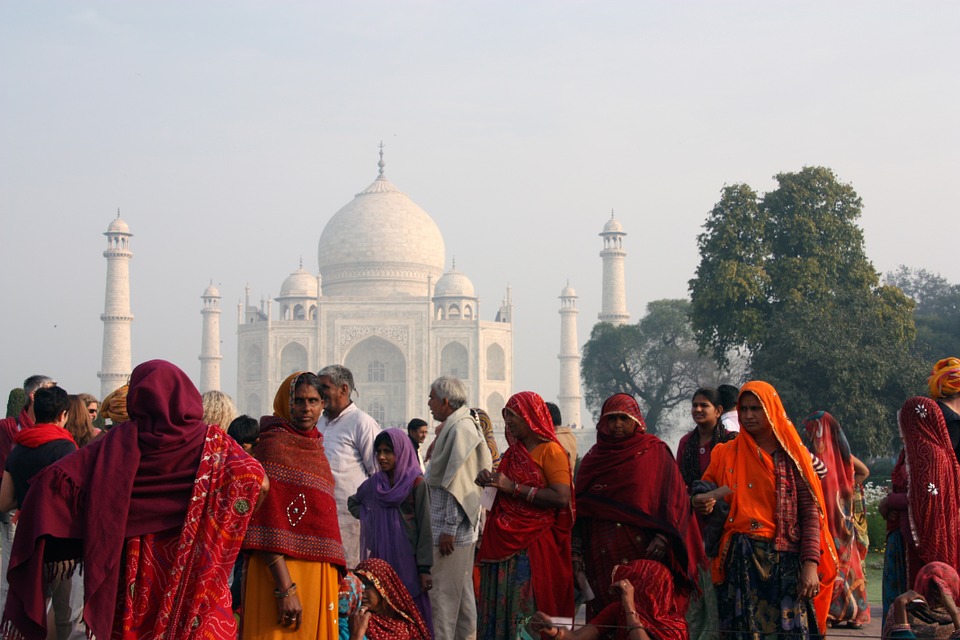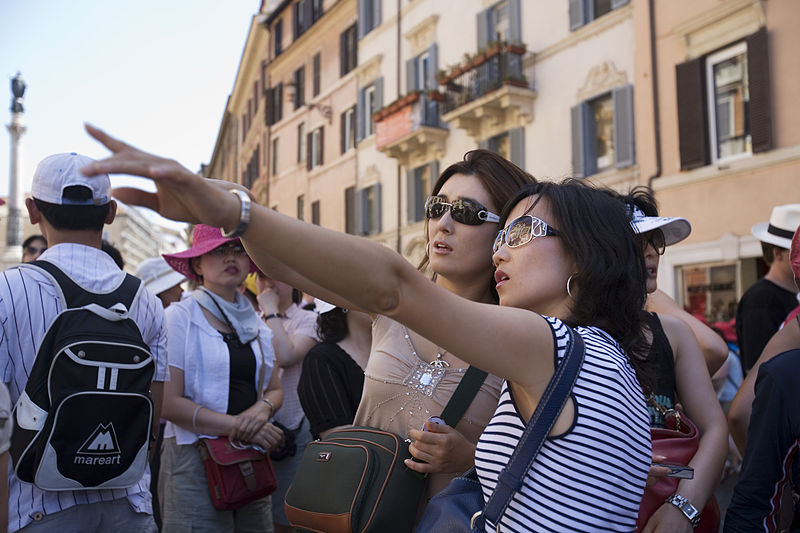Difference Between Domestic and International Tourism
Table of Contents
Key Difference – Domestic vs International Tourism
Tourism can be classified into different types depending on many factors. Domestic and international tourism are two such types whose main difference is the type of tourists. Domestic tourism involves residents of one country traveling within that country whereas international tourism involves tourists who are traveling to different countries. This is the key difference between domestic and international tourism.
What is Domestic Tourism?
Domestic tourism involves residents of one country traveling within the country. An example of domestic tourism would be South Indians visiting the Taj Mahal or Chinese visiting the Great Wall. Since domestic tourists don’t cross any international borders, they don’t need visa or passport; neither do they need to convert their money into a different currency.
Many people visit different parts of their country during holidays. Domestic tourism has greater scope in countries of large dimensions such as India and the U.S as compared to smaller countries. The duration of the tours may also vary, but domestic tourists may only spend one or few days on tour.
Domestic tourism doesn’t create an additional income to the country, but it boosts the local businesses and economies and redistribute money to a new area. It also creates new employment opportunities and gives the tourists an opportunity to learn more about their own culture and history.
Domestic tourists may find traveling and visiting places easier because they are more aware of the traditions, customs, rules, etiquettes, etc. of the country.

Indians visiting the Taj Mahal
What is International Tourism?
International tourism involves tourists who are traveling to foreign countries. An example of international tourism includes a Chinese tourist visiting Rio de Janeiro. Since these tourists cross international borders, they have to carry a passport and visa and exchange their money into the local currency.
An international tourist may find the local culture strange and new because he or she only has a basic idea about the traditions, etiquettes, and rules of a country. For example, certain gestures may be considered rude in a particular region or a certain way of dressing may be considered immodest in a certain culture. Therefore, international tourists may face some uncomfortable situations.
Inbound vs Outbound Tourism
International Tourism can be further categorized into two types known as inbound tourism and outbound tourism. Inbound tourism is when a foreigner visits a given country, and outbound tourism is when a resident of the given country visits a foreign country. For example, an Indian visiting France can be considered as an inbound tourism from the perspective of France, but it is considered as outbound tourism from an Indian perspective. Inbound tourism can impact a country’s wealth since it brings in additional income to the country.

Japanese tourists visiting in Piazza Spagna Rome
What is the difference between Domestic and International Tourism?
Meaning:
Domestic Tourism: Domestic tourism involves residents of one country traveling within the country.
International Tourism: International tourism involves tourists who are traveling to foreign countries.
Visa and Passport:
Domestic Tourism: Domestic tourists don’t need visa or passport.
International Tourism: International tourists need visa and passport.
Currency exchange:
Domestic Tourism: Domestic tourists don’t have to exchange currency.
International Tourism: International tourists have to exchange currency.
Wealth of the Country
Domestic Tourism: Domestic tourism redistributes the country’s money.
International Tourism: International tourism increases the wealth of the country.
Knowledge of Culture:
Domestic Tourism: Domestic tourists know more about the traditions, rules, etiquettes of a country.
International Tourism: International tourists have little or no knowledge of country’s rules, etiquettes or traditions.
Image Courtesy:
“416777” (Public Domain) via Pixabay
“Two Japanese tourists visiting in Piazza Spagna Rome – 2404” By © Jorge Royan (CC BY-SA 3.0) via Commons Wikimedia
ncG1vNJzZmivp6x7pbXFn5yrnZ6YsqOx07CcnqZemLyue8OinZ%2Bdopq7pLGMm5ytr5Wau26wzqacrKyZmHqiusNmraxlmaPBpr7Nmquip56WuW7Azq6poqudZA%3D%3D